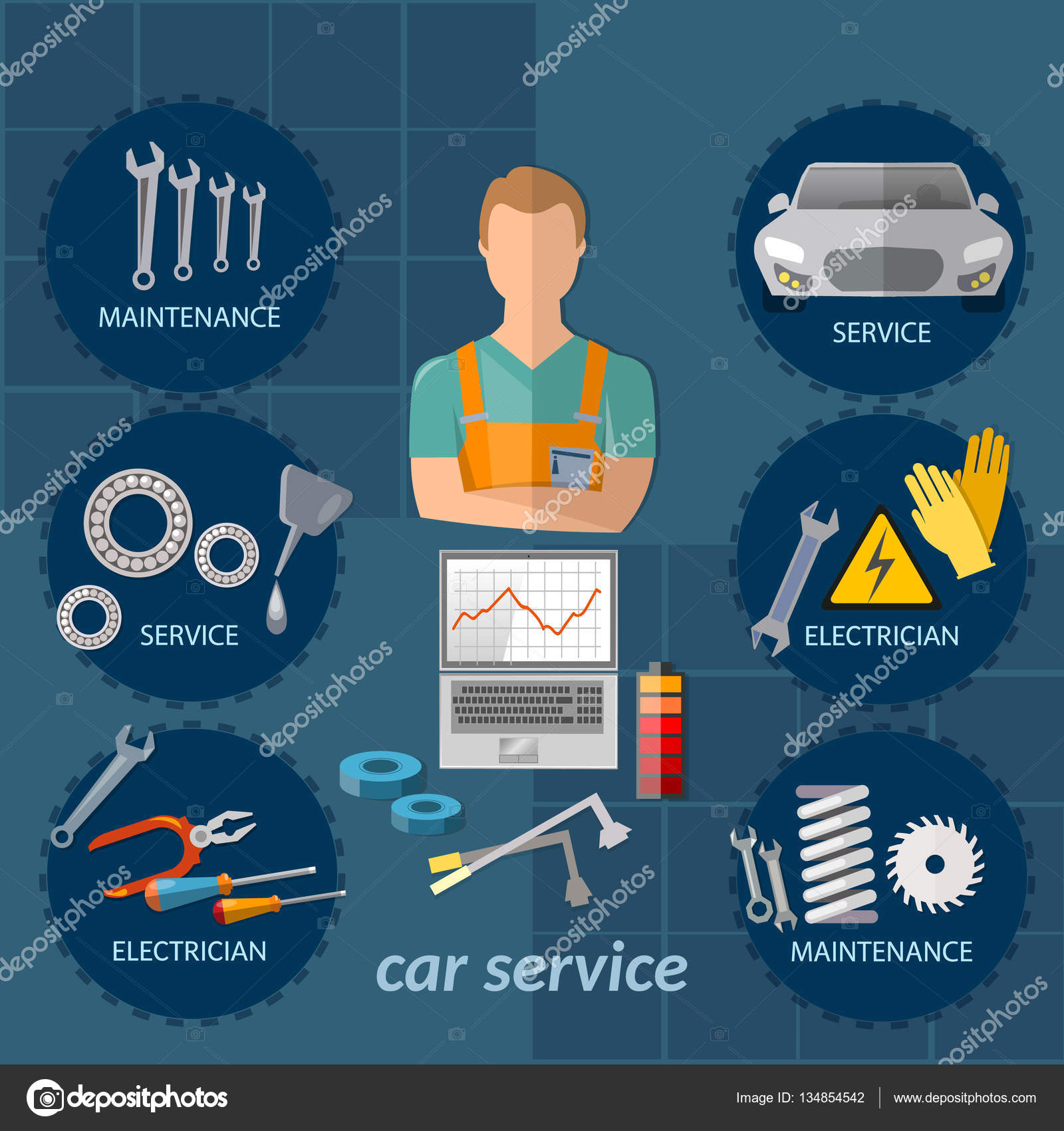Understanding Your Auto'S Warning Lighting: What Do They Actually Mean?
Understanding Your Auto'S Warning Lighting: What Do They Actually Mean?
Blog Article
Content Writer-Hartley Alvarado
When you're behind the wheel, those radiant warning lights on your dashboard can be a little bit difficult. Do you recognize what they're trying to inform you about your cars and truck's health and wellness? Comprehending the value of these lights is important for your safety and the durability of your automobile. So, the following time one of those lights pops up, wouldn't you wish to decode its message accurately and take the essential steps to address it?
Common Warning Lights and Interpretations
Determine typical caution lights in your vehicle and comprehend their definitions to make certain risk-free driving.
One of the most regular warning lights consist of the check engine light, which indicates problems with the engine or exhausts system. If this light begins, it's critical to have your lorry inspected immediately.
The oil stress warning light suggests reduced oil stress, needing instant interest to avoid engine damage.
A blinking battery light may suggest a defective billing system, possibly leaving you stranded if not attended to.
The tire pressure tracking system (TPMS) light alerts you to low tire pressure, influencing vehicle stability and fuel performance. Neglecting this could bring about dangerous driving conditions.
The abdominal light shows a problem with the anti-lock stopping system, jeopardizing your capability to quit quickly in emergency situations.
Finally, the coolant temperature warning light warns of engine getting too hot, which can lead to severe damages if not settled swiftly.
Understanding these usual warning lights will aid you resolve issues immediately and preserve risk-free driving problems.
Relevance of Prompt Focus
Recognizing the typical caution lights in your car is only the primary step; the importance of without delay dealing with these cautions can't be stressed sufficient to guarantee your safety and security when traveling.
When https://brakechangecost28405.ambien-blog.com/36192771/seasonal-vehicle-treatment-vital-car-describing-tips-for-each-time-of-year illuminates on your dashboard, it's your car's method of connecting a potential concern that requires attention. Neglecting these cautions can lead to a lot more serious issues later on, compromising your safety and possibly costing you extra in repairs.
just click the following website to cautioning lights can avoid break downs and accidents. For instance, a blinking check engine light could indicate a misfire that, if left ignored, can cause damages to the catalytic converter. Resolving this without delay can save you from a costly repair service.
Likewise, a brake system advising light might signify low brake fluid or worn brake pads, essential parts for your security when driving.
Do It Yourself Troubleshooting Tips
If you observe a caution light on your dashboard, there are a couple of do it yourself repairing tips you can try prior to seeking specialist assistance.
The very first step is to consult your auto's guidebook to understand what the specific caution light shows. In some cases the issue can be as basic as a loose gas cap activating the check engine light. Tightening the gas cap might settle the issue.
An additional usual issue is a reduced battery, which can cause different advising lights. Inspecting the battery connections for rust and ensuring they're secure could fix the problem.
If a caution light persists, you can try resetting it by separating the automobile's battery for a couple of minutes and afterwards reconnecting it. In addition, examining your car's liquid degrees, such as oil, coolant, and brake liquid, can assist repair advising lights associated with these systems.
Final thought
Finally, comprehending your car's caution lights is crucial for keeping your automobile running smoothly and securely. By promptly attending to these signals and knowing what they suggest, you can avoid pricey fixings and potential break downs.
Keep in mind to consult your car's manual for certain information on each alerting light and do something about it appropriately to make sure a hassle-free driving experience.
Remain notified, remain secure when driving!
